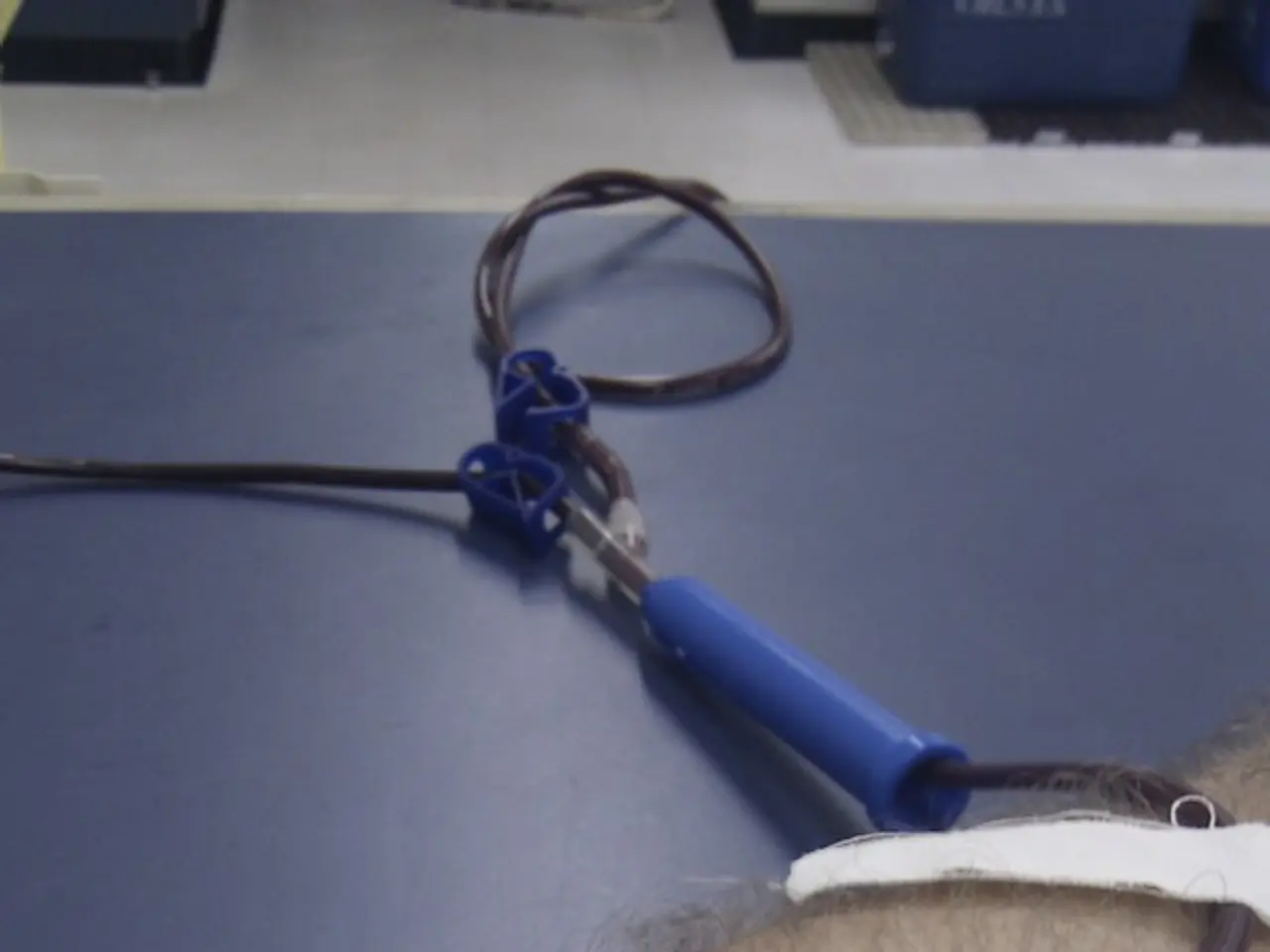Portal Hypertension: When High Blood Pressure in the Portal Vein Threatens Liver Health
The portal vein, a crucial vessel in human anatomy, plays a significant role in liver function. It supplies around 75% of blood flow to the liver, carrying nutrients and waste from the gastrointestinal tract and spleen. However, abnormalities in this vein, such as portal hypertension, can lead to severe health complications.
Portal hypertension occurs when blood pressure in the portal vein becomes abnormally high. This condition can result in the growth of new blood vessels that bypass the liver, allowing unfiltered blood to circulate throughout the body. The liver, which typically processes nutrients and filters out toxic substances, becomes unable to perform its function effectively.
The portal vein, not a true vein, does not drain into the heart. Instead, it delivers blood to the liver through left and right branches. The right branch further divides into anterior and superior veins. In some individuals, the inferior mesenteric vein may also contribute to its formation, which is typically around three to four inches in length and formed by the merging of the superior mesenteric and splenic veins.
Liver damage, often caused by conditions like liver cirrhosis due to alcohol abuse, chronic viral hepatitis B and C, and metabolic-associated steatohepatitis, can lead to liver cancer. Understanding the role of the portal vein and the consequences of portal hypertension is crucial for preventing and managing liver diseases.





